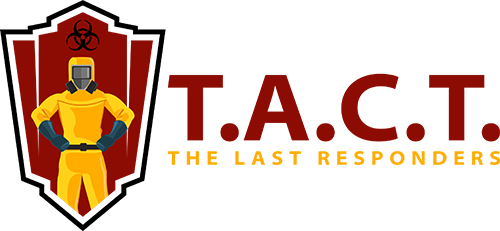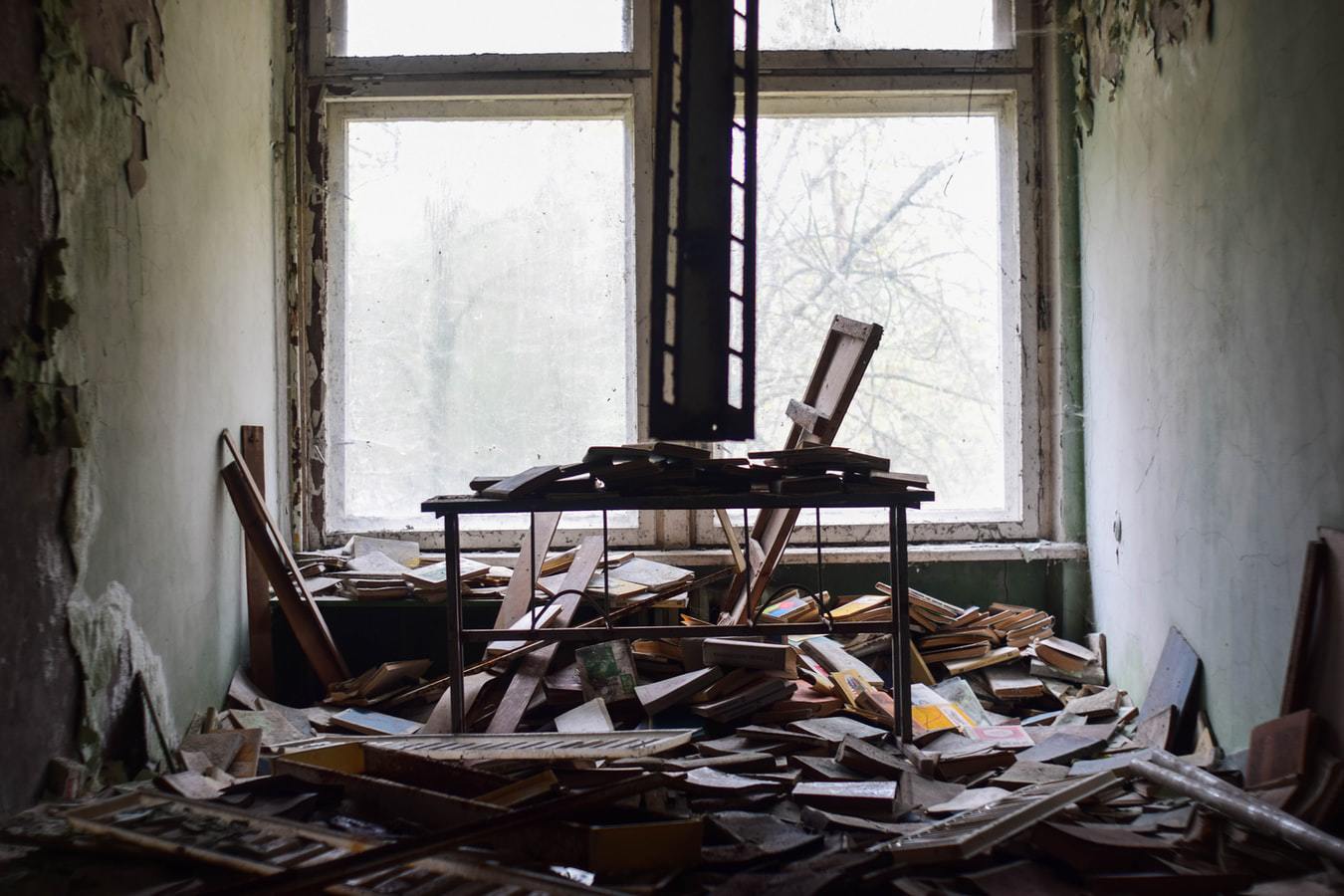Compassionate Assistance for Hoarding Situations
T.A.C.T. AZ is dedicated to helping families and individuals struggling with hoarding. We recognize that an accumulation of possessions over the years can rapidly become overwhelming—and sometimes dangerous. Despite feelings of shame or embarrassment that may arise, our empathetic team has extensive experience in managing hoarding situations with both understanding and professionalism.
Discreet, Efficient, and Professional Cleanup
When you turn to T.A.C.T. AZ, you can count on compassionate, effective service. We are sensitive to the fact that many of the items involved in hoarding hold personal or sentimental significance, which can make it difficult to part with them. Our team respects these sensitivities and is committed to providing the highest quality of care and support throughout the cleanup process.
Understanding Hoarding Disorder
Hoarding is defined by the excessive acquisition of items—regardless of their actual worth—and a persistent struggle to throw them away. This behavior can lead to severe emotional strain, financial hardships, legal complications, and health risks for everyone involved.
To evaluate the extent of hoarding, experts often refer to the following five-level scale (though every case is unique and requires a professional assessment):
- Level 1 (Minimal Hoarding): Living areas remain largely usable; only small signs of clutter begin to emerge.
- Level 2 (Mild Hoarding): Noticeable disorganization, occasional inaccessible areas, and possible hygiene issues like unpleasant odors or excessive dust.
- Level 3 (Moderate Hoarding): Multiple blocked areas in the home, potential appliance failures, structural damage, and escalating sanitation concerns.
- Level 4 (Severe Hoarding): Widespread clutter makes most rooms inaccessible, presence of rotting food or animal waste, utility disconnections, and significant health hazards, such as mold, insect and/or rodent infestations.
- Level 5 (Extreme Hoarding): Overwhelming clutter that renders the home nearly uninhabitable, extensive structural damage, and immediate dangers including biohazards or decomposing animals.

